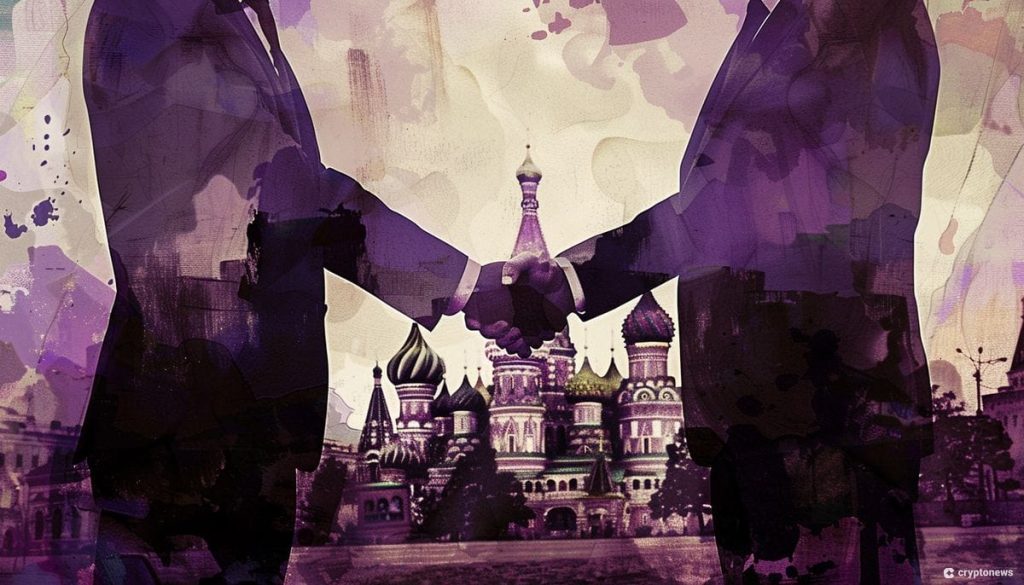Iran and Russia are exploring the potential of central bank digital currencies (CBDC) and digital financial assets (DFA) in order to simplify trade between the two nations. The trade attaché of the Iranian Embassy in Russia, Rahimi Mohsen, mentioned that the use of CBDCs such as the digital ruble and Iran’s crypto-rial could help mitigate the impact of sanctions faced by both countries. Mohsen also highlighted the importance of creating regulations and infrastructure for new payment methods to streamline trade partnerships between Tehran and Moscow.
The sanctions imposed by various countries on Russia and Iran have made both nations more interested in exploring alternative solutions for trade. Maxim Chereshnev, the Chairman of Russia’s Council for the Development of Foreign Trade and International Economic Relations, emphasized that a CBDC partnership with Iran is strategically important to Moscow as it could strengthen its influence in the Middle East and Central Asia. Chereshnev explained that relying solely on non-USD fiat trades has been costly for Russian firms, with difficulties arising in currency conversion and discrepancies in currency market rates.
Russian banks and firms have begun issuing digital financial assets, including blockchain-powered securities and commodities, in an effort to increase domestic investment options. President Vladimir Putin signed a law earlier this year allowing Russian firms to engage in cross-border DFA trade using Russian-issued tokens, as well as allowing the use of the digital ruble for cross-border trade. However, the law does not permit Russian companies to use other countries’ DFAs or CBDCs in trade deals. Several other Russian allies, such as Belarus, have also accelerated their digital fiat projects.
The implementation of CBDCs and digital financial assets is seen as a way to simplify trade between states like Iran and Russia, allowing for increased transparency and security in transactions. Russian lawmakers have also considered the possibility of using the digital ruble and China’s digital yuan for business transactions with China. With the modern world’s reliance on major currency banking systems like the dollar and euro, decentralization of cross-border payments through blockchain networks like Hyperledger Fabric is seen as a crucial development in the international trade landscape.
Overall, the collaboration between Iran and Russia in exploring CBDC and DFA trade solutions is driven by the need to navigate around the impact of sanctions and simplify trade processes. The establishment of regulations and infrastructure for these new payment methods is crucial for enhancing trade partnerships between the two countries. By leveraging digital financial assets and central bank digital currencies, both Iran and Russia aim to improve the efficiency and security of their trade transactions, while also reducing the reliance on non-USD fiat trades that have proven to be costly for Russian firms.













